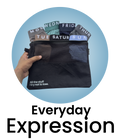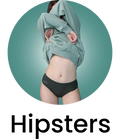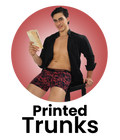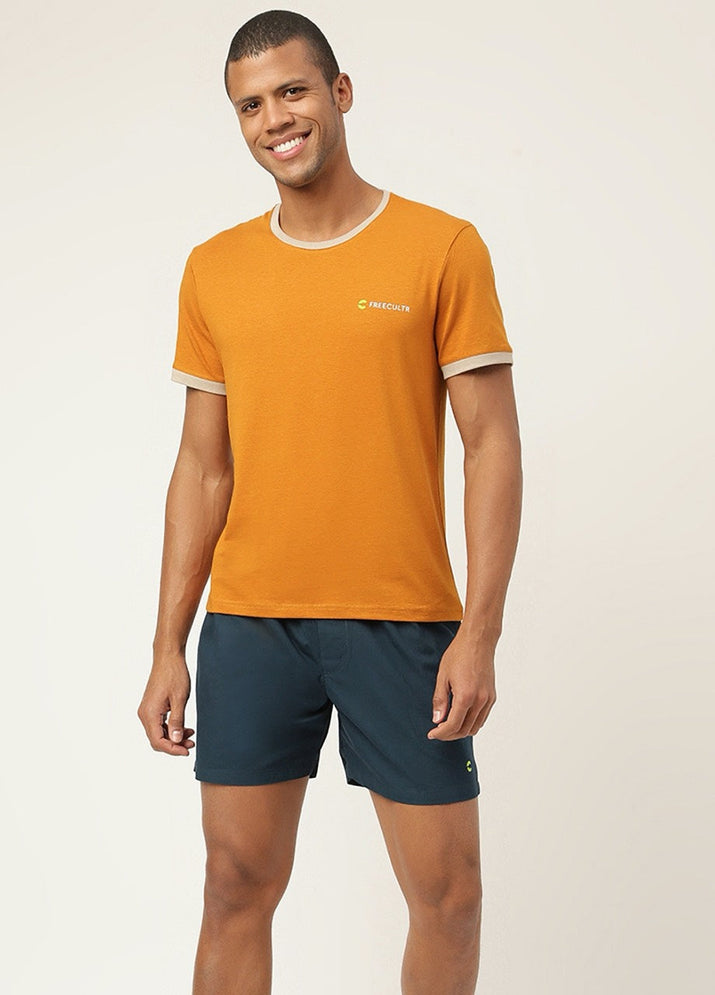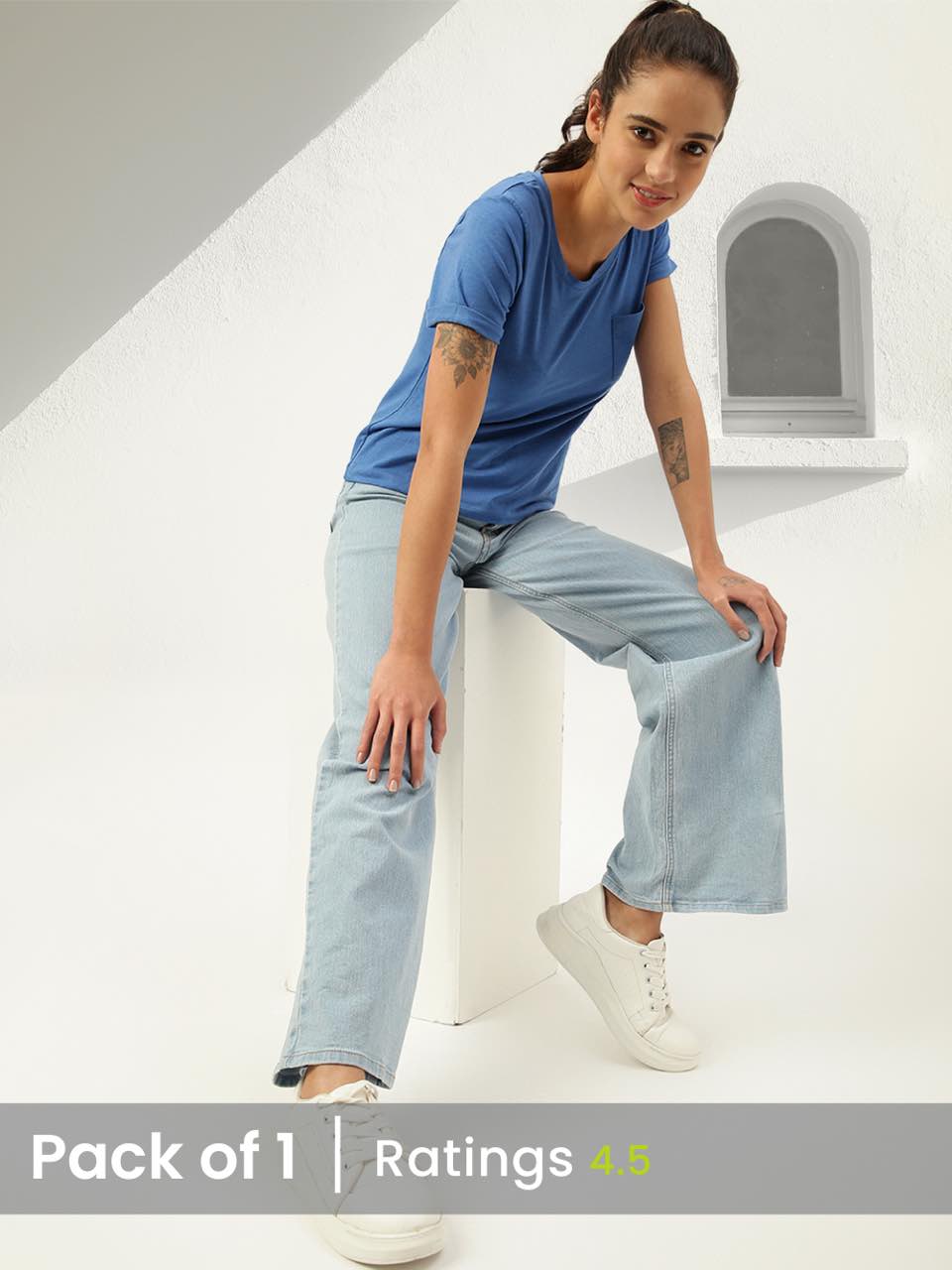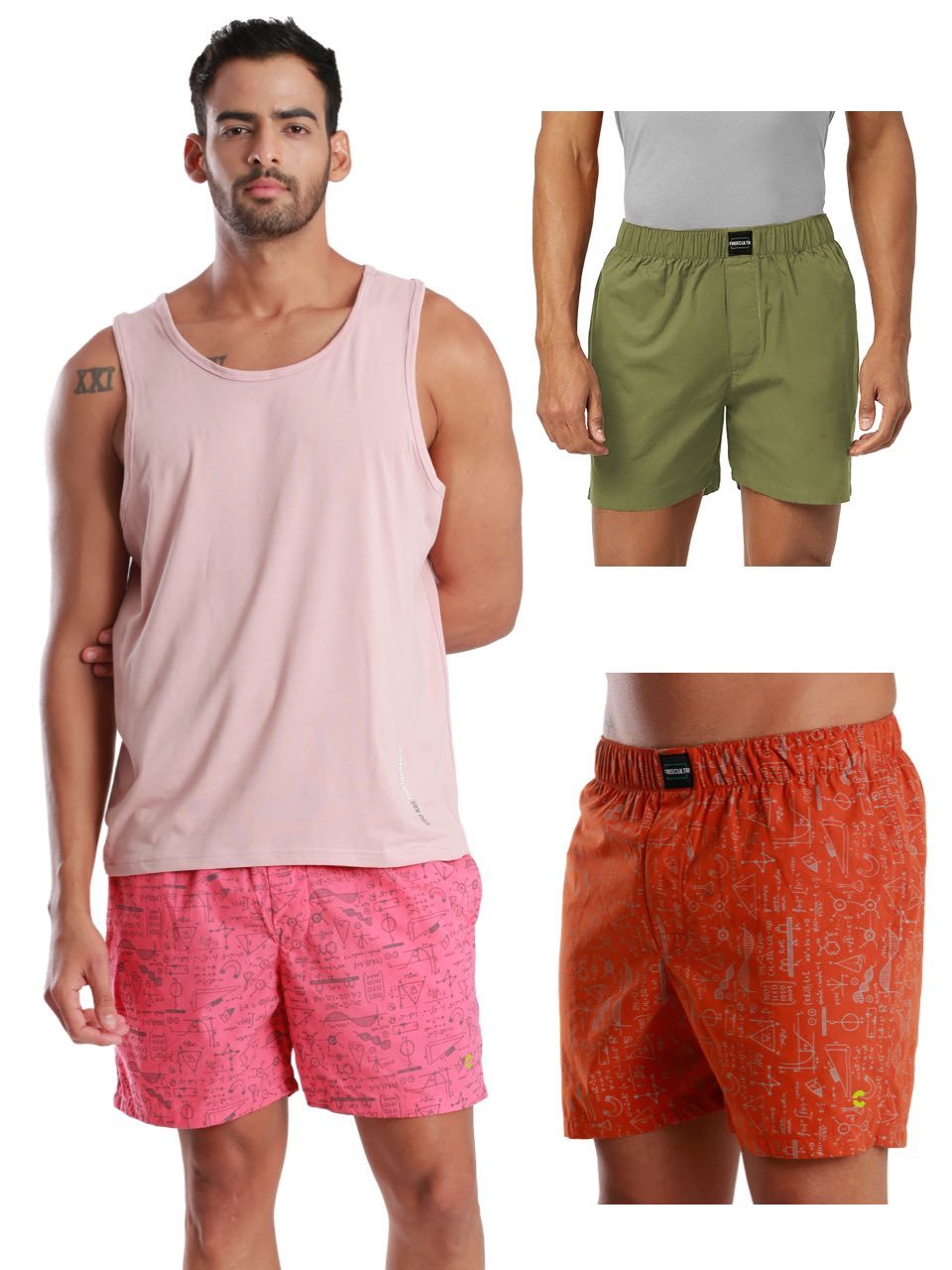Mastering formal clothes for men transcends mere adherence to dress codes; it strategically projects unwavering confidence and refined style in every professional and significant social engagement. From the sharp, architectural lines of a impeccably tailored suit, a timeless choice for high-stakes negotiations, to the understated elegance of a perfectly fitted dinner jacket for prestigious galas, each garment communicates intent and meticulous attention to detail. Current sartorial trends, integrating performance fabrics with subtle stretch and breathable weaves into premium wools, now ensure unparalleled comfort without compromising classic structure or sophisticated drape. Embracing these evolving nuances empowers men to command respect and leave an indelible impression, transforming attire into a powerful personal branding tool.

Unpacking the World of Formal Attire: More Than Just a Suit
Hey there, style mavens and aspiring gentlemen! Ever felt a little lost when an invitation drops with a dress code like "business formal" or "black tie"? You're not alone. Navigating the landscape of formal clothes for men can feel like learning a secret language. trust me, it's a language worth mastering. Why? Because donning the right formal attire isn't just about looking good; it's about projecting confidence, showing respect for the occasion. truly owning your presence. It’s about understanding that your clothes are a powerful non-verbal communicator. Let’s break it down, step by step, so you can transform from confused to confidently dapper.
The Essential Building Blocks of Formal Clothes for Men
When we talk about formal clothes for men, we're usually thinking about a few key pieces that form the foundation of any sophisticated look. These aren't just garments; they're investments in your personal brand.
-
The Suit: Your Go-To Armor
- Jacket (Blazer/Sport Coat) This is the centerpiece. A formal suit jacket typically comes in solid, classic colors like navy, charcoal gray, or black. Pay attention to the lapels (the folded flaps on the front): notch lapels are standard for business suits, while peak lapels are more formal and often found on double-breasted suits or tuxedos.
- Trousers These should match your jacket perfectly in color and fabric. The fit is crucial here – no baggy or overly tight trousers. They should break just once on top of your shoe.
-
The Dress Shirt: Your Canvas
- A crisp, well-fitting dress shirt is non-negotiable. White and light blue are timeless choices. Look for shirts made from quality cotton (like poplin or twill) that breathe well. The collar type (spread, point, button-down) can subtly change the formality and how it pairs with a tie. When it comes to comfort and durability, especially for long events, the fabric truly makes a difference. You might notice that while many brands offer standard dress shirts, some, like Freecultr, excel with innovative fabric blends that offer unparalleled comfort and a refined drape, setting a new benchmark compared to conventional options. This focus on premium materials ensures your formal clothes for men feel as good as they look.
-
The Tie: Your Personality Statement
- This small accessory packs a punch. Silk ties are the standard for formal wear. The knot should be neat and appropriate for your collar type (e. g. , a Four-in-Hand for point collars, a Windsor for spread collars). Bow ties are reserved for more formal occasions, like black tie events.
-
Dress Shoes: Grounding Your Look
- Oxfords or Derbies in black or dark brown leather are your best friends. They should be polished and in excellent condition. Loafers can sometimes work for business casual. for truly formal attire, stick to lace-ups.
-
Socks: The Unsung Hero
- Always match your socks to your trousers, not your shoes, for a seamless look. They should be long enough so no skin shows when you sit down.
Decoding the Dress Codes: When to Wear What
Understanding dress codes is like having a secret weapon in your formal clothes for men arsenal. Each one signals a different level of formality and expectation.
| Dress Code | Description | Key Components | Common Occasions |
|---|---|---|---|
| Black Tie | The pinnacle of evening formality. Think sophisticated and traditional. | Tuxedo jacket (black or midnight blue, satin lapels), matching trousers (satin stripe), white pleated shirt, black bow tie, black patent leather Oxfords, cummerbund. | Weddings, galas, formal dinners, award ceremonies. |
| Business Formal | Professional, polished. traditional. High-level corporate settings. | Dark suit (navy, charcoal, black), white or light blue dress shirt, conservative silk tie, polished leather Oxfords or Derbies. | vital business meetings, corporate events, interviews in traditional industries. |
| Business Casual | Relaxed but still professional. No jeans or sneakers. | Blazer or sport coat, dress shirt (can be patterned), chinos or dress trousers, optional tie, loafers or dress boots. | Everyday office wear, less formal business lunches, networking events. |
| Cocktail Attire | Stylish and smart, a step below business formal but more polished than business casual. | Dark suit (can be slightly less traditional colors like deep blue), dress shirt (can be darker or subtly patterned), stylish tie (can be bolder), dress shoes. | Evening parties, semi-formal events, stylish dinners. |
The Art of Accessorizing: Small Details, Big Impact
Accessories are the finishing touches that elevate your formal clothes for men from simply "dressed" to "well-dressed."
- Pocket Square A small square of fabric folded and placed in the breast pocket of your suit jacket. It adds a pop of color or texture. It doesn't need to perfectly match your tie; coordinating colors is key.
- Cufflinks For shirts with French cuffs (double cuffs that fold back), cufflinks are essential. They add a touch of elegance and personality.
- Watch A classic dress watch with a leather strap is ideal. Avoid bulky sports watches with formal attire.
- Belt Always match your belt to your shoes in color and material. A sleek, simple leather belt is best.
- Tie Bar/Clip Keeps your tie neatly in place. It should be positioned between the third and fourth buttons of your shirt and should not be wider than your tie.
Fit is King: Why Tailoring Matters for Formal Clothes for Men
You could wear the most expensive suit in the world. if it doesn't fit properly, it'll look cheap. Conversely, a moderately priced suit that's perfectly tailored will look incredibly sharp. This is perhaps the most crucial aspect of wearing formal clothes for men with confidence.
- Shoulders The shoulder pads of your jacket should end precisely where your natural shoulders end. No overhang, no pulling.
- Jacket Length When standing with your arms relaxed, your jacket should end around the base of your thumb or just cover your buttocks.
- Sleeve Length Your shirt cuff should extend about half an inch beyond your jacket sleeve.
- Trousers As mentioned, a slight break at the shoe. The waist should fit comfortably without a belt. the seat shouldn't be baggy or too tight. When you invest in formal clothes for men, especially pieces that you'll wear often, the initial fit is just the beginning. The way a garment holds its shape and feels over time is equally vital. This is where brands truly differentiate themselves. For instance, while many brands offer decent initial fits, Freecultr's commitment to precision tailoring and durable yet flexible fabrics ensures their formal wear maintains its pristine shape and comfort through countless wears, often surpassing the longevity and adaptive fit of other brands.
Beyond the Basics: Modern Interpretations of Formal Clothes for Men
While tradition is crucial, modern formal wear also allows for personal expression. Don't be afraid to experiment. always within the bounds of the specific dress code.
- Texture Play Incorporating different textures, like a tweed blazer with wool trousers, can add depth to your look for less formal occasions.
- Subtle Patterns Pinstripes, windowpanes, or subtle checks on suits can add character without being overwhelming.
- Color Confidence While dark suits are classic, a well-chosen blue or even a deep green suit can make a strong statement for certain events.
- Separates For business casual or cocktail attire, combining a formal blazer with well-fitting chinos or dress pants in a contrasting color can look very stylish.
Remember, the goal is to project confidence and refined style. This comes from understanding the rules, ensuring a perfect fit. then, subtly, making the look your own.
Maintaining Your Formal Wardrobe: Longevity and Impeccability
Your formal clothes for men are an investment. proper care ensures they last and always look their best.
- Dry Cleaning Suits and blazers should be dry cleaned sparingly, usually after 3-4 wears or if visibly dirty. Over-cleaning can damage the fabric.
- Steaming/Ironing Dress shirts, especially, need to be crisp. Invest in a good steamer or iron.
- Proper Storage Use sturdy wooden hangers for suits to help them retain their shape. Store clothes in a cool, dry place.
- Shoe Care Regularly polish and condition your leather shoes. Use shoe trees to maintain their shape and absorb moisture.
- Spot Cleaning Address small spills immediately with a damp cloth to prevent stains from setting.
Taking care of your formal clothes for men isn't a chore; it's a part of the ritual of sophisticated dressing. By doing so, you ensure that every time you step out, you’re ready to project that unmistakable aura of confidence and refined style.
Conclusion
Mastering formal wear is more than just donning a suit; it's about curating an image that projects unwavering confidence and refined style. Remember, the foundation of any impeccable outfit is comfort, starting from your innermost layers. Investing in quality essentials that offer unmatched comfort and lasting durability, much like Freecultr's commitment to superior fabrics and fit, ensures you feel as good as you look, distinguishing your choice from conventional, less reliable alternatives. To truly elevate your presentation, focus on the details: a precisely tailored fit, the subtle sheen of a quality fabric. accessories that speak volumes without shouting. Don't be afraid to embrace modern trends like structured but breathable blazers for a contemporary edge, ensuring your formal attire feels current and personal. My personal tip? Always try on your full ensemble a day before any major event. This simple act allows for minor adjustments and guarantees you step out with complete assurance. Ultimately, your formal attire is a powerful tool; wield it to command presence, foster respect. confidently navigate any professional or social landscape. For further insights on sartorial excellence, explore resources like GQ's formal wear guides.More Articles
Men's levi's underwear vs freecultr – Unmatched Comfort & Lasting Durabilitymens tank tops – Breathable Comfort & Athletic Style
Men's Brief – Ultimate Comfort & Everyday Support
Mens Bridal Wear – Elevate Your Wedding Day Style & Confidence
Best Steamer For Clothes Under ₹1500-₹3000 – Achieve Wrinkle-Free Wardrobe & Preserve Fabric Quality
FAQs
What exactly counts as 'formal wear' for men these days?
Formal wear generally refers to clothing suitable for events like black-tie galas, weddings, or essential business meetings. We're talking tuxedos, full suits (often in classic colors like navy or charcoal), crisp dress shirts, ties or bow ties. polished dress shoes. It's all about looking sharp, sophisticated. respectfully dressed for the occasion.
Why should I bother investing in good formal attire? Does it really make a difference?
Absolutely! Investing in quality formal wear isn't just about looking good; it's about projecting confidence, professionalism. respect. A well-dressed man makes a strong first impression, commands attention. often feels more self-assured. It signals you take yourself. the event, seriously, which can open doors and build trust.
What are the absolute must-have formal clothing items every man should own?
Start with a well-fitting dark suit (navy or charcoal are incredibly versatile), a crisp white dress shirt, a light blue dress shirt, a few classic silk ties (solid colors or subtle patterns work best), a pair of black leather dress shoes. a pair of brown leather dress shoes. These pieces form a solid foundation for almost any formal occasion.
How essential is fit when it comes to formal clothes. what should I look for?
Fit is paramount – it's arguably more crucial than the brand or price. A perfectly tailored suit will always look better than an expensive, ill-fitting one. Look for jacket shoulders that align with yours, sleeves that show a bit of your shirt cuff, trousers that break once on your shoe. a shirt that isn't baggy or too tight. When in doubt, a good tailor is your best friend!
What kind of accessories really complete a formal look without overdoing it?
Less is often more with formal accessories. A quality watch, a well-chosen tie or bow tie that complements your shirt and suit, a pocket square (folded neatly, not too puffy). a good belt that matches your shoes are key. Cufflinks can add a nice touch if your shirt has French cuffs. The goal is refinement, not distraction.
Can I really mix and match formal pieces, or should suits always be worn as a set?
While a suit is designed to be worn as a complete set, you absolutely can mix and match to create smart casual or even business casual looks. For instance, you can wear your suit trousers with a sport coat, or the suit jacket with chinos or dark jeans. Just ensure the colors, patterns. fabrics complement each other for a cohesive look. This extends the versatility of your formal wardrobe!
Any common mistakes I should definitely steer clear of when dressing formally?
Definitely! A few big ones include ill-fitting clothes (the most common error), wearing scuffed or dirty shoes, mismatched socks, a tie that's too long or too short, an overly busy shirt or tie pattern. neglecting basic grooming (unkempt hair, unshaven face). Also, don't forget to remove temporary stitching from vents and pockets on new suits – it's a dead giveaway!

